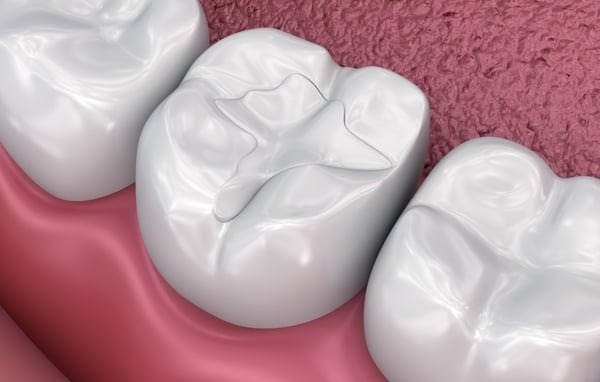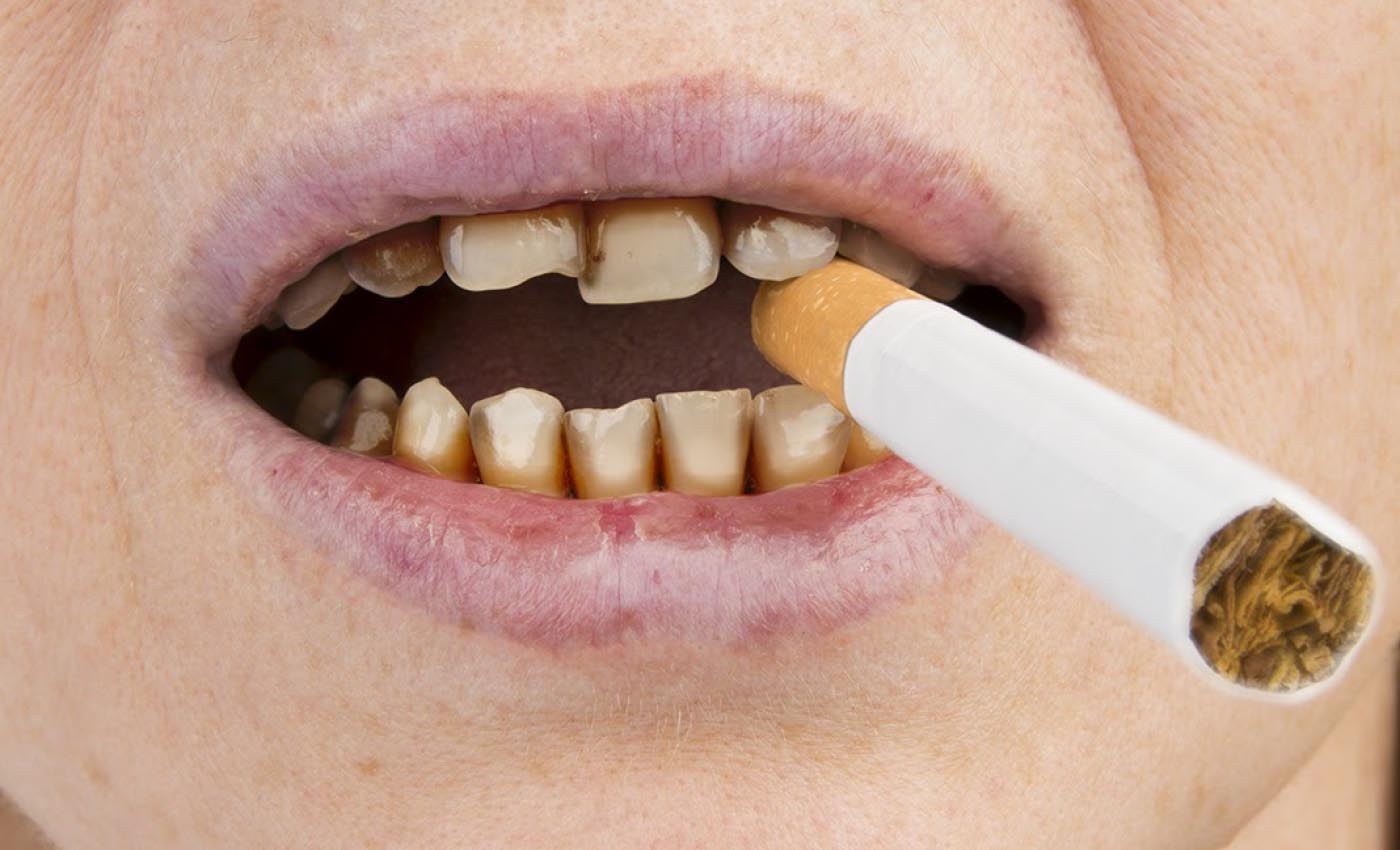Orthodontics: The Future of Teeth Straightening
Orthodontics has come a long way from the traditional metal braces and awkward headgear of past decades. Today, the field is buzzing with innovative technologies and techniques that promise quicker, less painful, and more aesthetically pleasing results. Let’s delve into what these advances mean for those dreaming of a perfect smile.
The Rise of Clear Aligners
Clear aligners have dramatically transformed the orthodontic landscape. Unlike the conspicuous braces of yore, these aligners are nearly invisible, offering a discreet option for adults and teens alike. The custom-made, plastic trays are not only removable but also less intrusive, allowing wearers to eat and clean their teeth without hassle. This flexibility is a game-changer, making dental hygiene easier to maintain throughout the treatment process.
Smart Braces: The Integration of Technology
Enter the era of smart braces. These innovative devices use microchips, sensors, and even real-time data tracking to monitor the progress of teeth alignment. Some smart braces can adjust their pressure depending on the teeth’s resistance, reducing the need for frequent visits to the orthodontist. This not only makes the process more comfortable but also tailors the treatment to individual needs, enhancing the efficiency of teeth straightening.
3D Printing and Customised Treatment Plans
The application of 3D printing technology in orthodontics is another exciting development. Orthodontists can now use 3D printers to create precise models of a patient’s mouth, which can be used to design and manufacture bespoke braces and aligners. This customisation extends to the production of exact bracket placements and unique archwires, ensuring a perfect fit and more effective treatment.
Accelerated Orthodontics: Speeding Up the Process
For many, the duration of wearing braces is a major concern. Accelerated orthodontics offers a solution, using techniques like micro-osteoperforation and laser technology to speed up tooth movement. These methods stimulate faster bone remodelling, potentially cutting treatment time by several months. While not suitable for everyone, this option is an attractive proposition for those looking to achieve quicker results.
Virtual Reality and Patient Education
Virtual reality (VR) isn’t just for video games—it’s also making its mark in orthodontics. VR can simulate the expected outcomes of different treatment paths, allowing patients to visualise their final smile even before starting the treatment. This not only helps in setting realistic expectations but also assists patients in making informed decisions about their orthodontic care.
Minimally Invasive Techniques
Minimally invasive techniques are becoming more prevalent, driven by patient demand for treatments that require less downtime and cause less discomfort. Techniques such as lingual braces, which are placed behind the teeth, and low-friction systems reduce the stress on teeth and surrounding tissues. These advancements lead to less soreness and quicker adjustment periods, enhancing the comfort of the orthodontic experience.
The Role of AI in Treatment Planning
Artificial intelligence (AI) is playing an increasingly crucial role in orthodontics. AI algorithms can predict tooth movements more accurately and propose optimal treatment plans. This technology enables orthodontists to anticipate potential complications and adjust treatments proactively, ensuring better outcomes for patients. Moreover, AI can streamline administrative tasks, allowing clinicians more time to focus on patient care rather than paperwork.
Sustainable Practices in Orthodontics
Sustainability is also coming to the forefront of orthodontic practice. Manufacturers are exploring eco-friendly materials for braces and aligners as well as ways to reduce waste in orthodontic offices. This shift not only addresses environmental concerns but also appeals to the eco-conscious consumer, adding an additional layer of value to modern orthodontic solutions.
Enhanced Patient Engagement
Modern technologies also facilitate better communication between patients and orthodontists. Apps that track treatment progress, remind patients when to switch aligners, and offer tips for managing discomfort are enhancing the way patients engage with their treatments. Enhanced engagement ensures that patients adhere better to treatment protocols, leading to more effective outcomes.
A Look Forward
As we observe these advancements, it’s clear that the field of orthodontics is not just about achieving aesthetic goals but also improving the overall patient experience. With the integration of cutting-edge technology, orthodontic treatments are becoming more efficient, less invasive, and more accessible to a broader audience.
Orthodontics is no longer just a matter of wearing braces; it’s about embracing a technological revolution that enhances how we view and experience dental care. The future is bright for anyone looking to enhance their smile, with options that are tailored, tech-driven, and more appealing than ever before. Whether it’s through clear aligners, smart devices, or accelerated treatments, the journey to a perfect smile is becoming as pleasant as the outcome.




